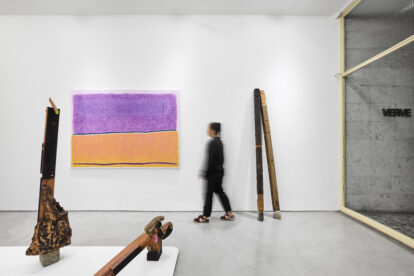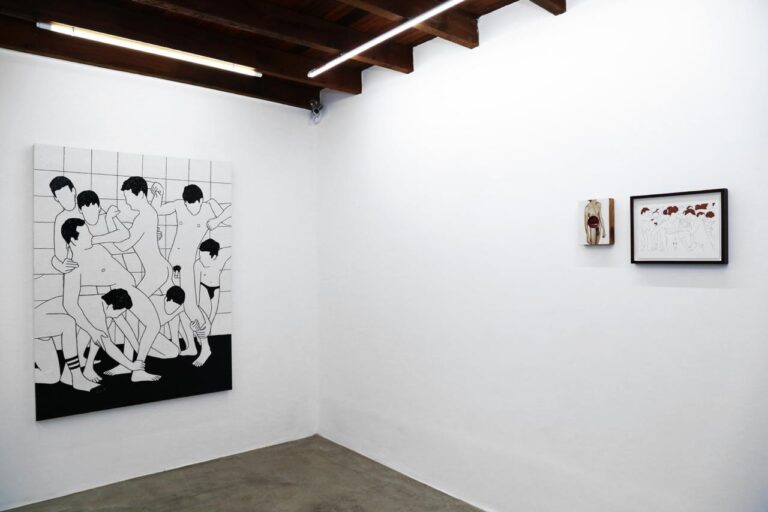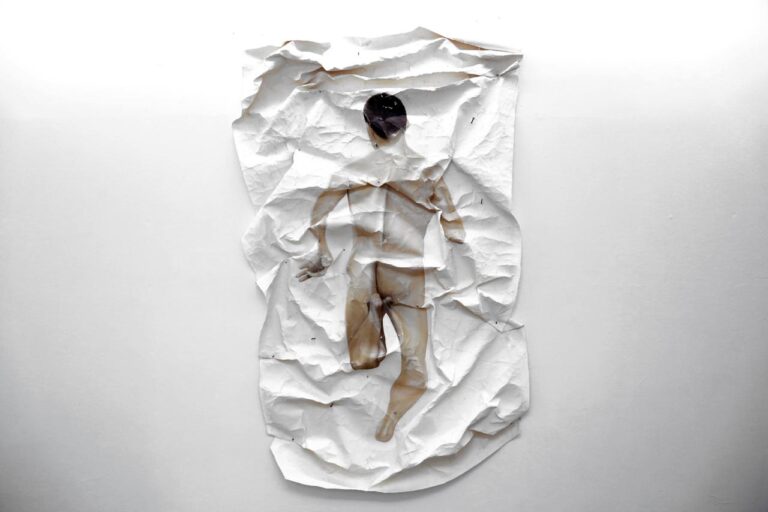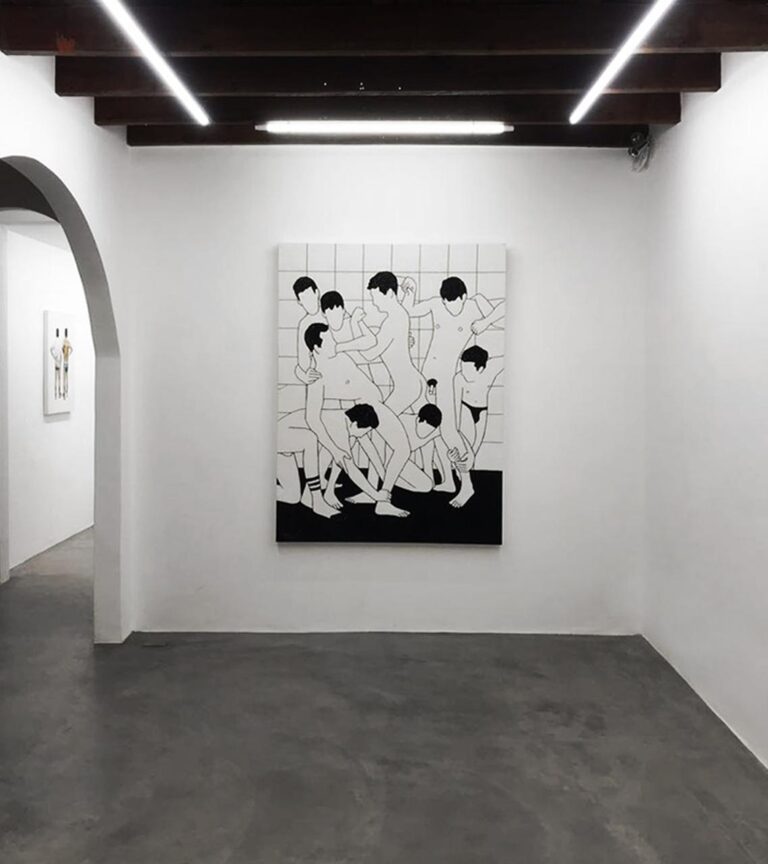A man knocked on my door [Um homem bateu em minha porta]
Works of art cannot know ghettos, or confinements of any kind. One of its most important engines has always been erotic force. This force was confused with the highest forms of beauty. A naked body is admired because it is beautiful, but this beauty is erotic splendor made art. The old theme of separating beauty and eroticism, as Sir Kenneth Clark did in his study of the nude, is nothing more than prudish naivety.
Apples, peaches, strawberries painted in a still life do not provoke the same sensations as real fruits. Just take and eat the strawberry that attracts us, if it is real, to satisfy the craving. In painting, this desire is never physically satisfied, but we are rewarded by the mystery, poetry, or beauty that the artist has been able to achieve. These are satisfactions that never end. They are always there to serve us.
Of course, the artist doesn’t have to be hungry, or even like strawberries, to paint them. You don’t need to believe in God or saints to make religious pictures. You also don’t have to be homosexual to make homoerotic pictures, nor straight to represent female nudes. The artist’s sexuality may inspire you, but not necessarily. This is also true for the spectator. It would be absurd to suppose that all Florentines were homosexual when they first saw and admired Michelangelo’s David. Not all Florentines of yesterday and today, as well as all tourists who go to Florence, are.
The ghetto and confinement meant that Davi is now claimed by gay culture. I don’t know if it would be common to find one of his reproductions adorning a straight man’s desk. This is, unfortunately, a meaningless limitation. The pleasure offered by a work of art, with its erotic component, goes far beyond sexualities. Sex and eroticism come together, but not always and not necessarily. Art is made of inaccessible seductions.
Straight artists can create queer art, just as a straight audience can admire them. We are in a world where classificatory definitions rule. Straight can’t be gay, and vice versa. The greatness of transgender people lies in the fact that they are no longer male or female. That they broke the borders. Those same erotic boundaries that we draw today, tightly fenced in, as if desires can’t flow. Especially in the artistic field, which is virtual.
The origin of the world, by Courbet, was a commission intended for straight men. But she doesn’t just offer herself to them. Francisco Hurtz’s works were born out of his inner concerns, in which his sexuality certainly plays an essential part. They purified themselves with the power of emblems: so much so that, around the world, gays marked their own bodies with tattoos inspired by them. In my ideal world, however, straight people would also take them as a tattoo model, just as gays would draw images of beautiful naked women on their skin. I know it’s asking a lot. But such a hypothesis would point the way.
In any case, I believe that ghettos cannot be destroyed by creating new ones. Queer art should be part of galleries or museums, not because it is queer, but because it is art. A queer exhibition cannot just be restricted to queer artists, or spectators. That would be to create the most harmful of short circuits, the one that expels and hates the other.
By focusing on the male body and on homoerotic fetishism, Francisco Hurtz celebrates less an exuberant sexuality than the rigor proper to a concentrated synthesis. It operates a dehumanization, whether sentimental or erotic stimuli. It institutes contemplation rather than the appeal of desire. Even her delicate, youthful epics suggest an emptying: neither face nor soul. The sado-masochistic characters expel eroticism by objectifying an image that has something demonstrative.
Francisco Hurtz takes, in the homoerotic impulses that emerge in the works, the exhibition that annuls them. He builds his art through an objectification that universalizes. Not a queer artist for queers. He’s an artist, and that’s enough.



